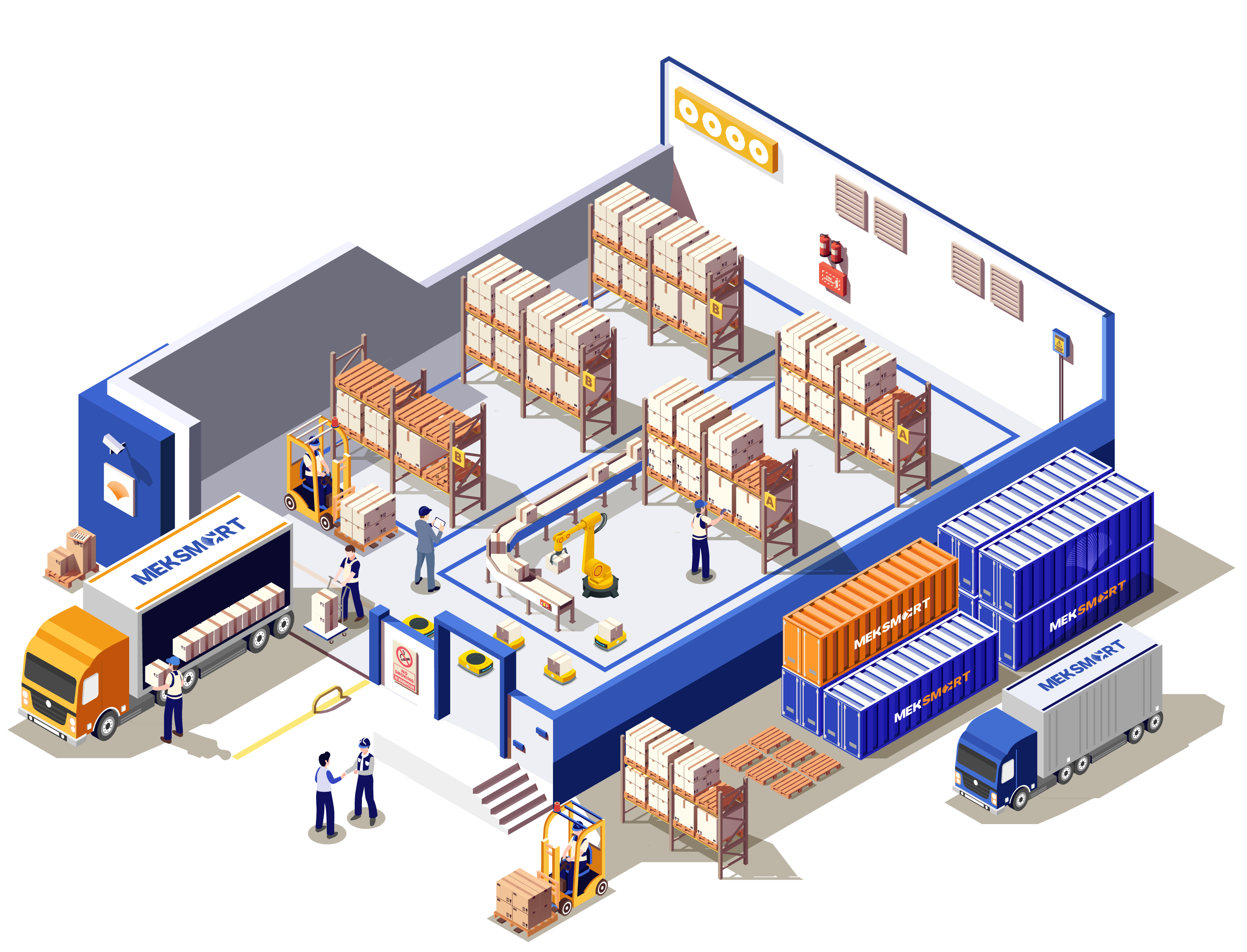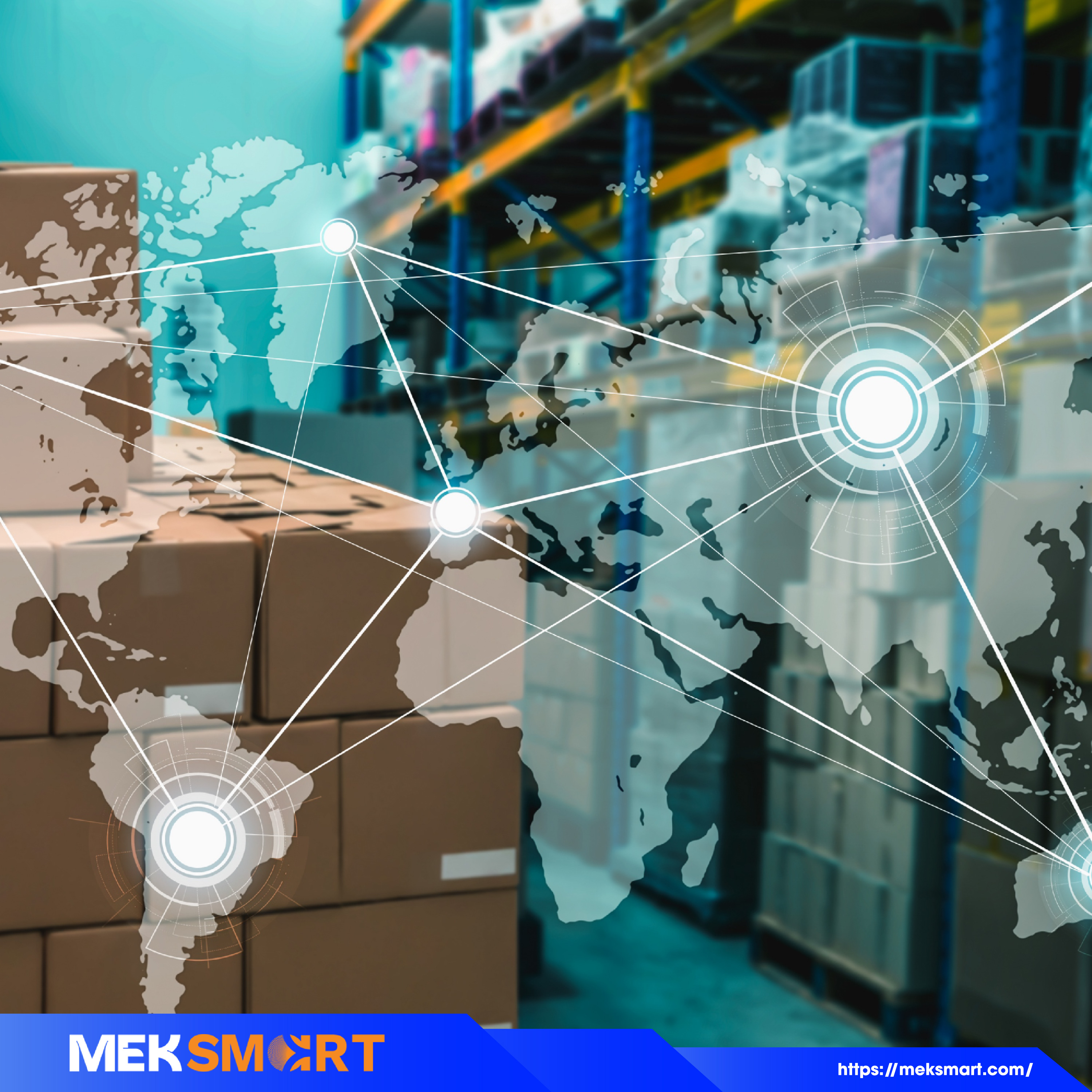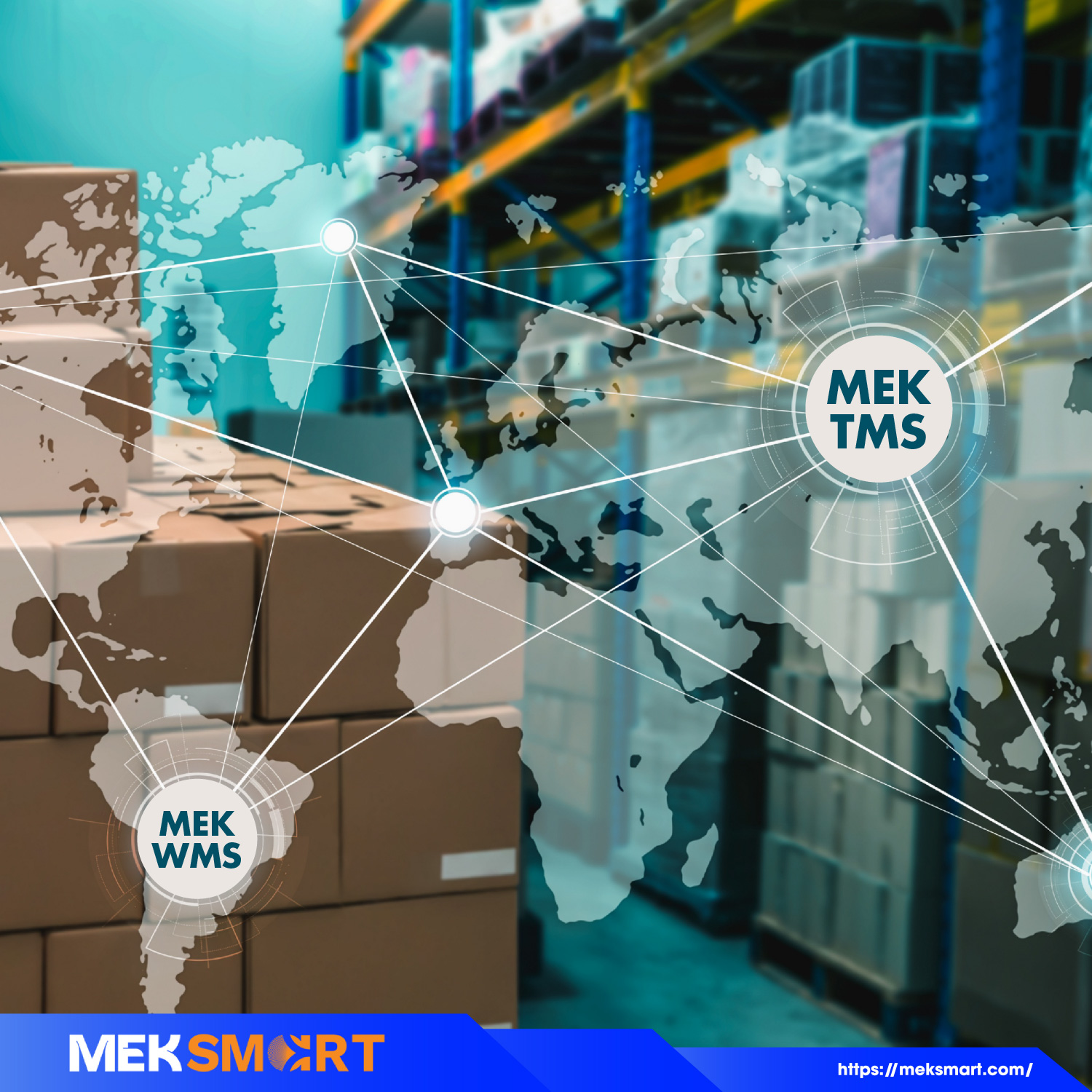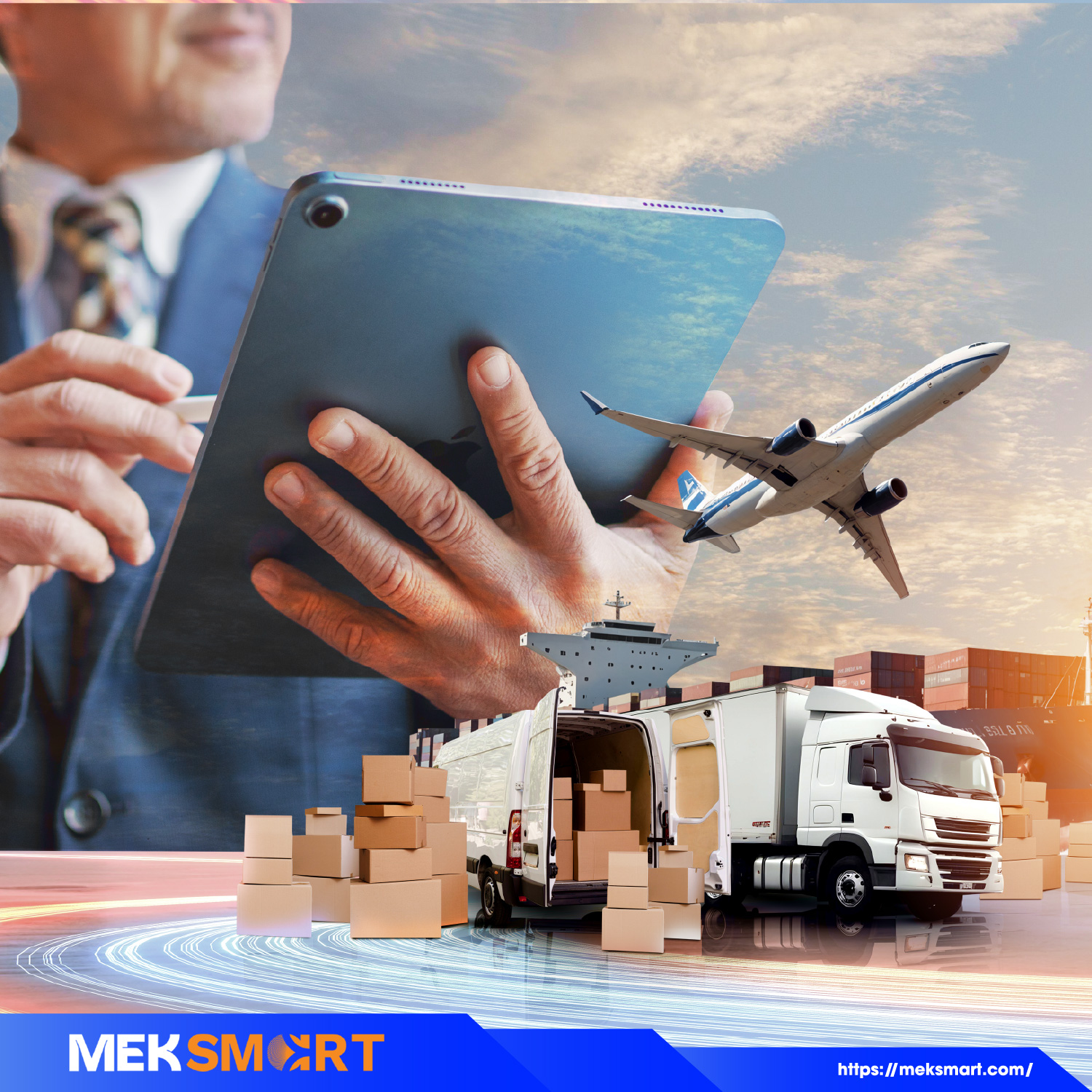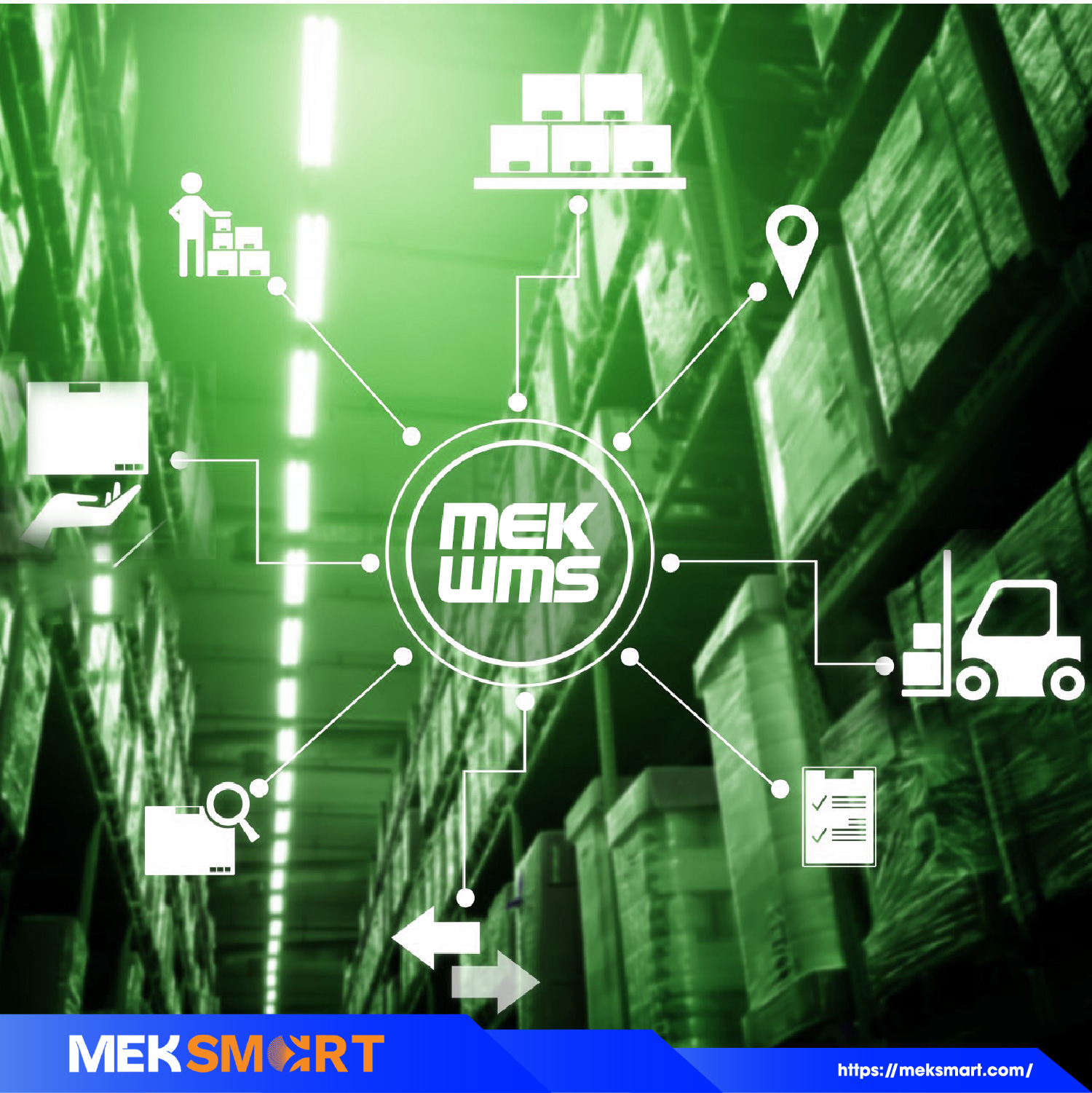MEKSMART
GENERAL NEWS
Author: Meker Meksmart
Update: 27/10/2025
MEKSMART | PRESSURE TO DIGITALIZE LOGISTICS - CHALLENGES FOR BUSINESSES
In the flow of the 4.0 technology era, logistics enterprises are forced to digitize quickly and comprehensively to keep up with the trend. However, digitizing logistics activities is not easy, posing many challenges for logistics enterprises to adapt quickly and integrate with the 4.0 economy to be able to compete and survive.
1. Challenges for logistics businesses when implementing digitalization
Unlike many other industries, logistics has the characteristics of multi-level operations, connecting many stages and partners, so it always requires absolute accuracy, transparency and synchronization in all processes. Therefore, digitalizing logistics is not simply putting data into the system but transforming the entire way of operating, from document storage, goods management to transportation coordination. Specifically, the difficulties facing businesses can be mentioned as:
- Digitalizing transportation: The system must fully display the departure - destination, route, means of transport and travel time in each electronic invoice. This helps improve traceability, cost transparency and control of operating routes.
- Process automation: From warehouse management (WMS), transportation coordination (TMS) to goods distribution (DMS), all need to be seamlessly connected, helping data to be updated in real time, limiting manual errors.
- Multi-dimensional information synchronization: The system must allow data connection between businesses, customers and state management agencies, ensuring that all documents, bills of lading and reports are processed, stored and reconciled quickly.
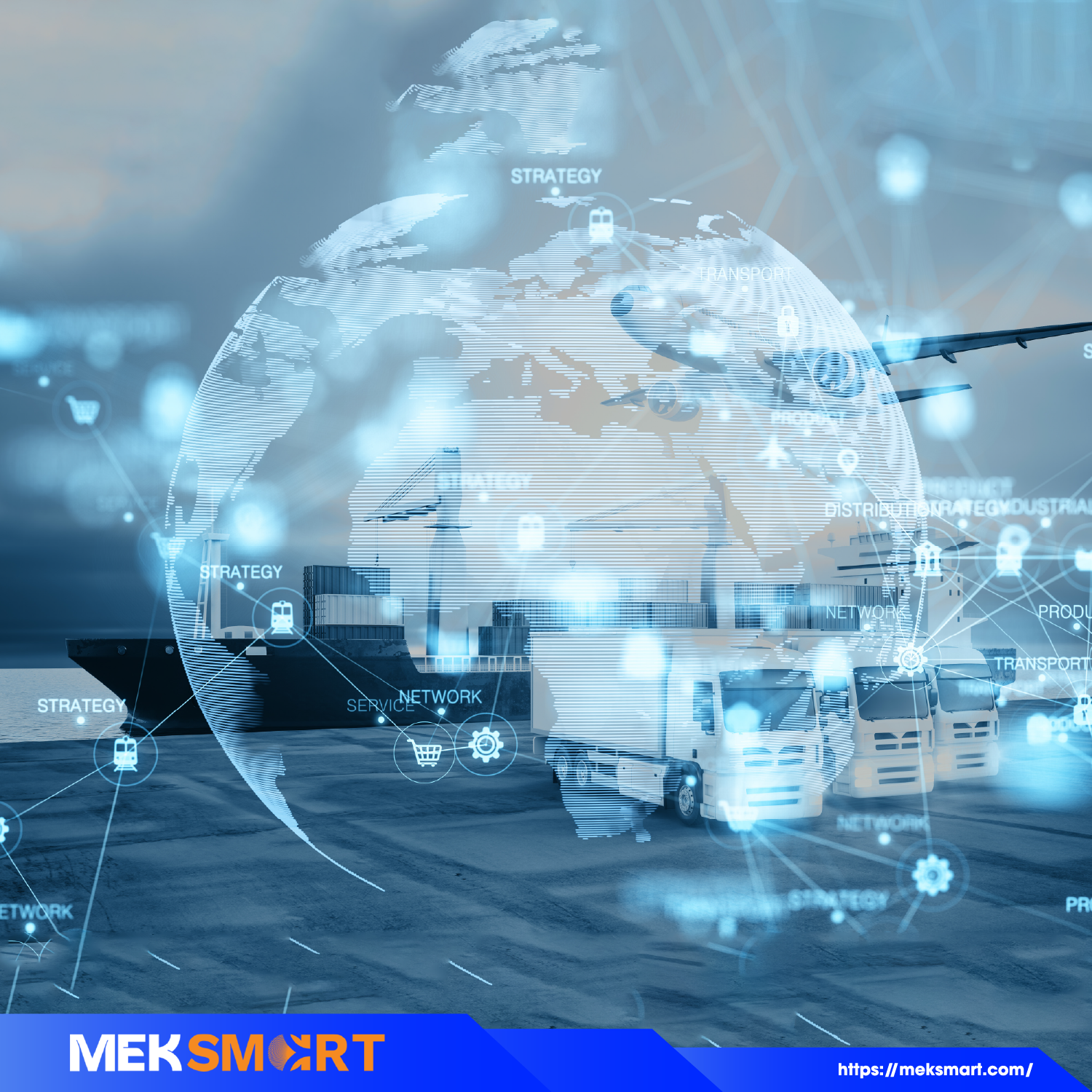
Digitalizing logistics businesses
These challenges require businesses to not only invest in appropriate technology but also standardize internal processes, improve human resources capacity and restructure management methods to achieve real efficiency in digital transformation.
2. "Double" pressure when digitizing logistics
Pressure from customers:
The first pressure that businesses face is from consumer demand. Consumers increasingly demand faster, more accurate, and lower-cost services. The strong development of e-commerce and global delivery platforms such as Shopee, Lazada, and DHL makes standards for speed, transparency, and experience increasingly stringent. Businesses that have not yet digitized will find it difficult to meet these expectations and easily lose their competitive advantage.
Some customers with technological and financial potential can even build their own internal logistics chains, thereby becoming direct competitors of traditional logistics businesses.
Challenges from within logistics businesses:
Information management and coordination between parties in the supply chain is a big problem for many logistics businesses. The digitalization process requires significant investment in technology infrastructure, management software, network security systems, and periodic maintenance, which is a huge burden, especially for small and medium-sized businesses.
In addition, digital transformation not only requires technology but also requires people with the ability to use them. However, many employees in the logistics industry are not equipped with the right skills, making it difficult to operate and manage modern systems. Recruiting and training high-quality human resources is also time-consuming and costly.
In some areas, warehouses do not meet the requirements for deploying digital solutions. This makes it difficult to integrate systems and share data between stakeholders. Data is a valuable asset for businesses, but if not managed well, it can become a burden. In addition, the risk of cyber attacks is increasing, making ensuring information security a big challenge. At the same time, legal regulations are sometimes not adjusted in time to suit technological advances, such as the application of blockchain or testing of autonomous vehicles. Therefore, the logistics industry needs to accelerate digital transformation very quickly.
In addition to the human factor, the unsynchronized technical infrastructure, the risk of data insecurity and rapidly changing legal policies (such as Decree 70/2025/ND-CP on electronic transport invoices) continue to put pressure on businesses. Without an integrated management and data system, businesses are prone to errors, delays and loss of competitive advantage in the era of logistics digitalization.

Pressures that businesses face when digitizing logistics
3. Meksmart accompanies logistics businesses in digitalization
To take advantage of opportunities and overcome challenges in the process of logistics digitalization, businesses need not only to invest in internal resources but also to choose the right technology partner.
With the MEKWMS, MEKTMS, MEKDMS ecosystem, Meksmart helps businesses digitize the entire logistics chain from warehouse, transportation to delivery on a unified platform, allowing real-time monitoring, quick decision making and optimizing operating costs.
With smart digitalization applications and rich practical implementation experience, Meksmart is a trusted domestic and foreign partner accompanying businesses in digitalizing logistics in many fields from pharmaceuticals - healthcare, household appliances... bringing significant success and efficiency.
The reputation and efficiency of Meksmart's solutions have been guaranteed by major domestic and foreign partners such as Elmich, Gonsa, VT Healthcare, Akzo Nobel,...
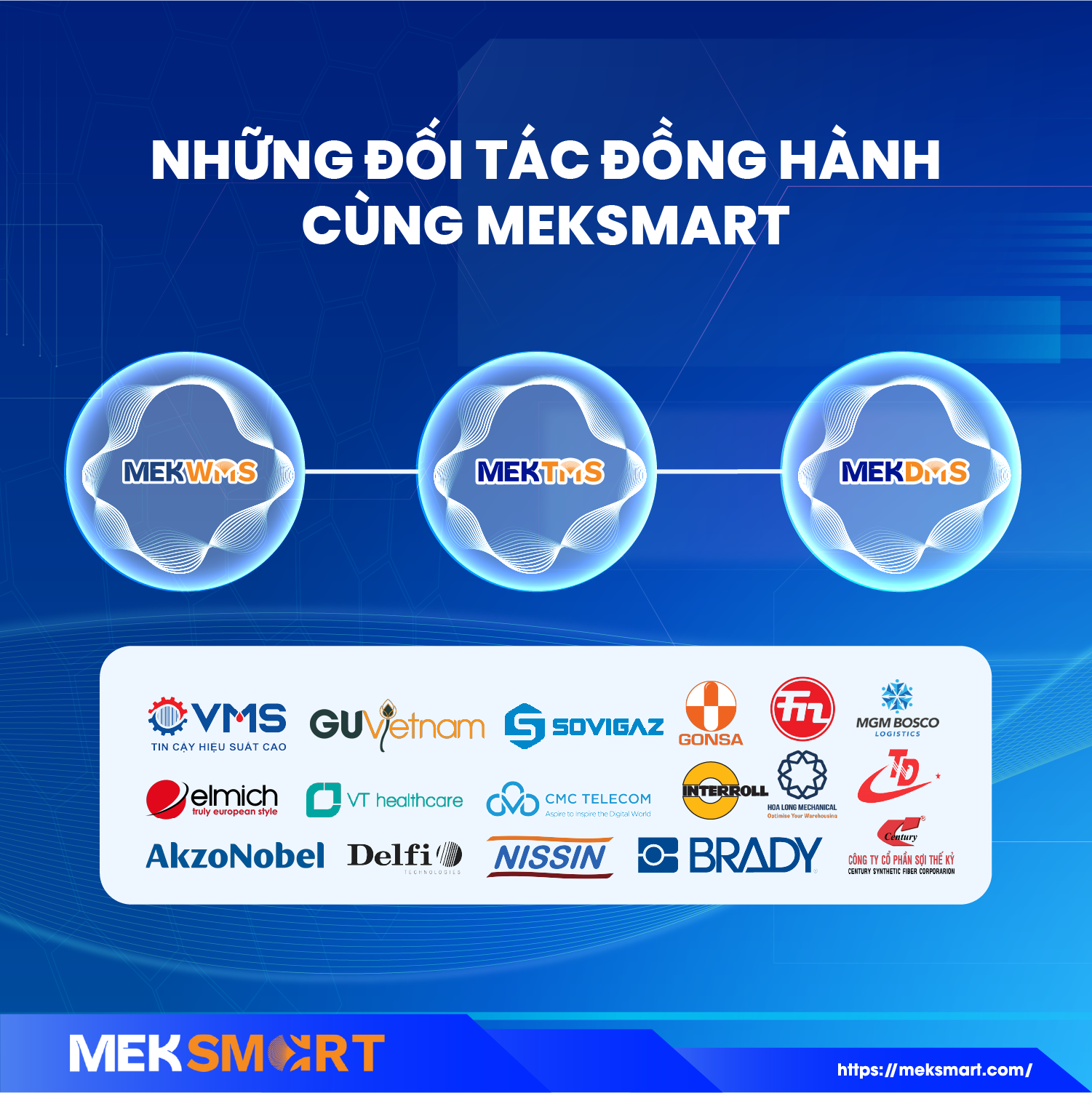
Partners accompanying Meksmart
From a “lifesaver” during the pandemic, logistics digitalization has now become a strategic lever to help businesses improve their competitiveness and promote the digital economy. For logistics businesses, this journey faces pressure from customers, legal constraints and internal limitations. Only by choosing a business, a technology partner with experience, reputation, a roadmap for adaptation and sustainable capacity building can challenges be turned into advantages in the digital age.
With Meksmart, logistics digitalization is no longer a pressure, but the key to improving efficiency and sustainable competition. Contact now for advice!
